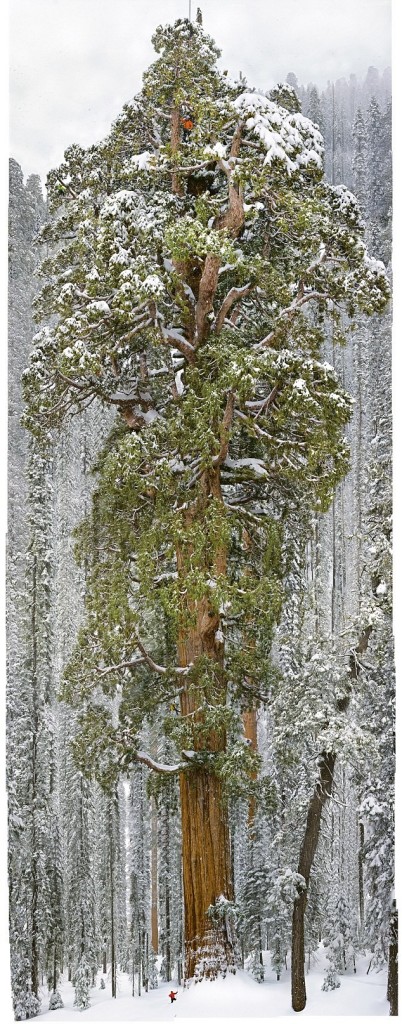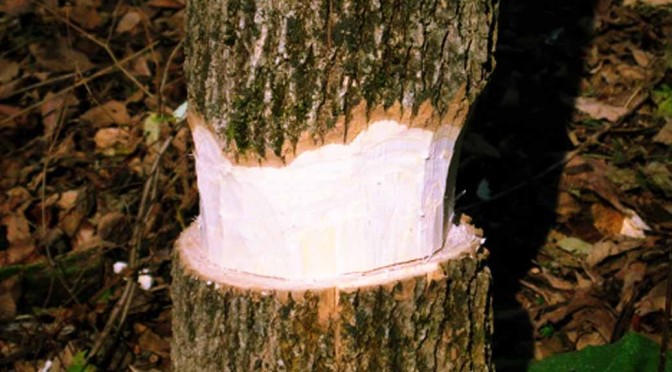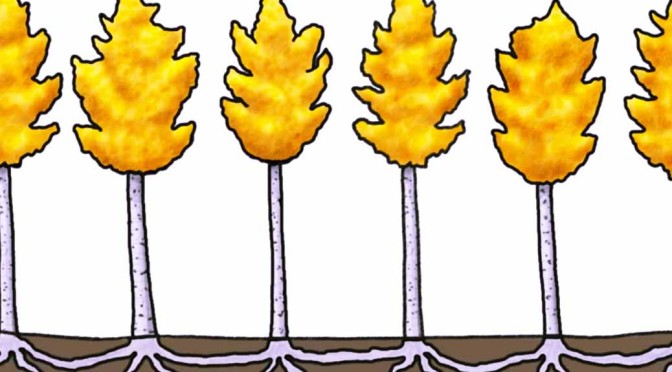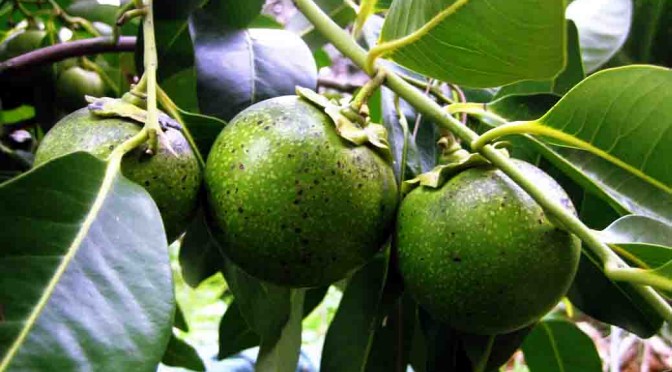By Anupum Pant
If there’s one place I’d like to visit, it is the part of California where you find giant sequoia trees. The Giant forest is one such grove in the western Sierra Nevada of California. It is home to five of the ten most massive trees on the planet.
With a tree trunk measuring 36.5 feet in diameter, the Giant Sherman in the Giant forest grove, is the largest of the trees in this grove. It is 275 feet tall! (and yet there are taller trees in existence – Hyperion – again in California, which is about 379 feet tall)
While the President tree, 3200 years old, is another one of these Giant sequoia. It has seen hundred generations of humans pass by. Throughout its life it has survived a number of storms, fires, winters, earthquakes, and climate changes. And even today it grows faster than most other trees on the planet, adding one cubic meter of wood every year.
Its trunk measures around 27 feet in diameter. In height, its topmost point measuring at 247 feet, is slightly shorter than the Giant Sherman. Still, the tree is massive. Its huge branches hold about 2 billion needles (leaves), which is more than any other tree on earth.
It is so huge that until recently it hadn’t been captured in a single photograph (excluding satellite shots and other such smart ideas). A team from National geographic magazine joined scientists to study and photograph the tree.




